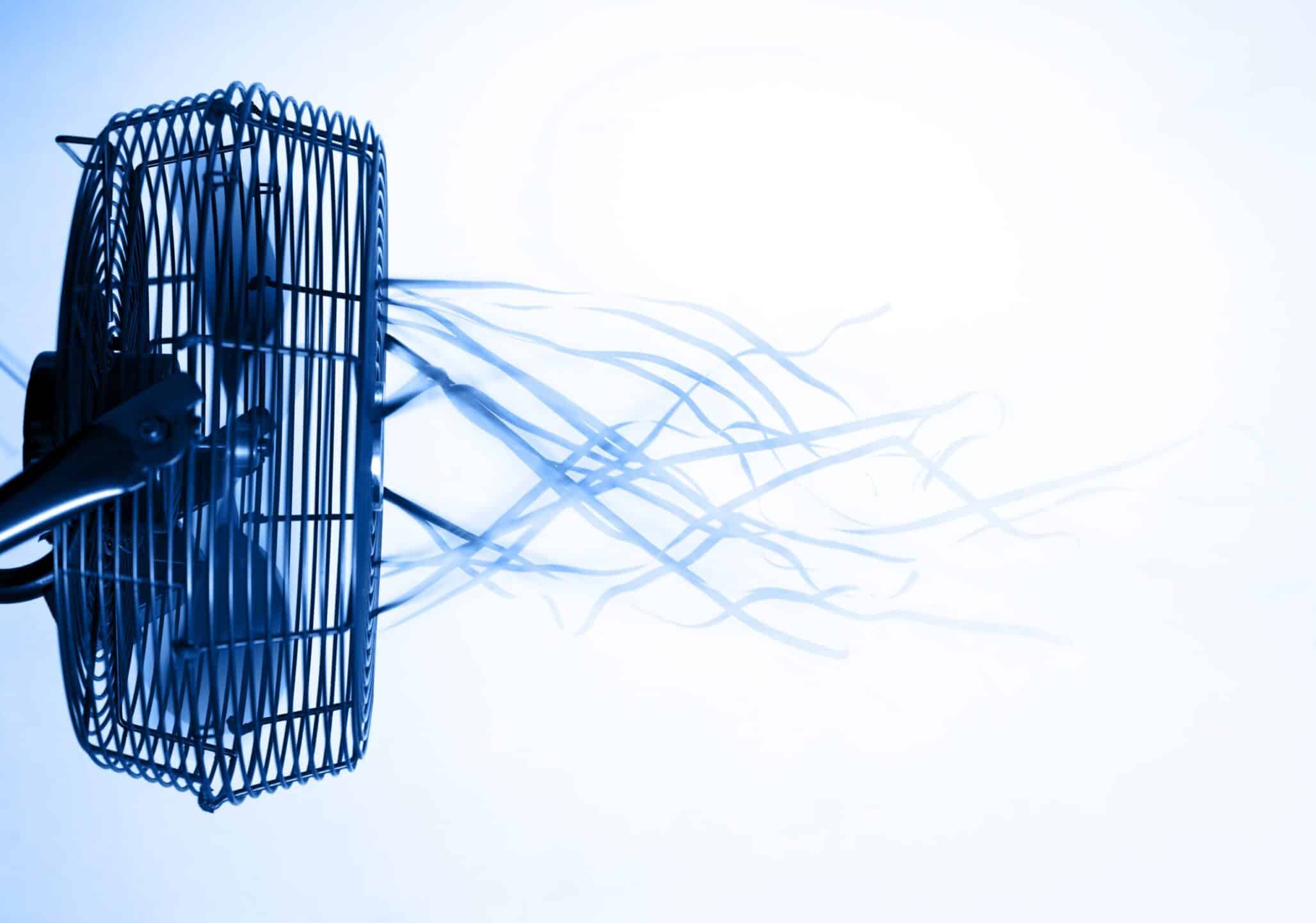Two Texas A&M AgriLife Research scientists are studying the virtual tug-of-war that takes place when a pathogen attacks a plant.
In mid-battle, both aggressor, the pathogen, and the defending plant undergo dynamic changes to improve their chances of victory. Better understanding those changes could unlock new ways to improve plants by making them more disease-resistant, they say.
“Specifically, we’re looking to improve the defenses of grasses that produce biofuel, like switchgrass, sugarcane and energy cane, as well as those that produce food, such as corn and sorghum,” said Dr. Kranthi Mandadi, a plant genomics and molecular biologist at the Texas A&M AgriLife Research and Extension Center at Weslaco.
Mandadi is collaborating in the study with Dr. Karen-Beth Scholthof, a plant virologist at Texas A&M University in College Station. The two received funding of almost $500,000 for a three-year study from the U.S. Department of Agriculture’s Agriculture and Food Research Initiative.
Grasses feed and fuel the world, Mandadi said. And the demand for more such crops will grow tremendously in the coming decades.
“The current worldwide estimate of cereal yields, which come from grasses, is just over 2,600 tons, according to the Food and Agriculture Organization of the United Nations,” he said. “Agricultural economic analyses predict that global cereal demand will increase to more than 3,300 tons by 2030.”
In addition, the demand for biofuel feedstocks will also increase to over 440 tons in that time period. One way to help meet those future demands is to reduce the crop losses due to disease, he said.
Improved grasses would have far-reaching implications, Scholthof said.
“Developing grasses better able to defend themselves against viruses and other pathogens would mean grasses with increased and higher-quality yields,” she said. “There are also potentially important environmental gains, including less water use and fewer fertilizer inputs,”
But until now, Mandadi said, little research has been done to study the defense mechanisms of grasses because of their complex genetics and long life cycles that can stretch from six months to several years. Some bioenergy grasses such as switchgrass are perennial.
Working with a smaller, faster-growing model grass reduces the time and expense normally associated with field research grasses, he said.
He and Scholthof found that working with diseases of grasses using model grasses such as Brachypodium and Setaria would be much more efficient. These two model grasses, developed by the U.S. Department of Energy for just such research, have a shorter lifespan of six to eight weeks and shorter stature, growing to only a few inches in height.
“This is convenient to test several plant generations with a greatly reduced need for field or laboratory space and resources, and in relatively less time,” Scholthof said. “And more importantly for science, the genetic makeup of these grasses is closely related to their field grass cousins.”
When a pathogen invades a plant, the plant begins to alter levels of so-called reactive oxygen species, or free radicals, much as the human body does, to defend itself, Mandadi said.
“That’s when the tug-of-war begins,” he said. “The pathogen is trying to take down the plant defenses by fighting off free radicals. And the plant is trying to take down the pathogen by ramping up the free radicals. We want to identify all the molecular changes that are going on during these interactions in plant cells.”
In the struggle for survival, both the plant and the pathogen will actually have to launch their defense strategies against each other in a very timely manner, Mandadi said.
“In this highly orchestrated process, the genes and free radicals are actually modified and the end result will be either disease or defense.”
Mandadi said knowledge begins, for example, when a particular plant gene is identified to be important for free radical defenses. To prove its function, the gene is removed from the plant by using novel gene editing tools, such as one known as CRISPR-CAS9, to test whether the plant will indeed become more infected.
“Or we can find ways to make that gene work better to make the plants stronger,” he said. “We also want to know how the pathogen launches its genes to stay one step ahead of the plant defenses to inflict disease.”
By working with model grasses, Scholthof said, they can speed up discoveries to improve food and bioenergy grasses vital to the world’s sustainability.
“And this can be extended to other forage, turf and natural grasslands and to understand the ecology of host-virus interactions,” she said.
Mandadi and Scholthof said they are looking forward to establishing their methods for plant improvement.
“We’ll work with plant breeders and other crop scientists to eventually transfer our knowledge from the laboratory to the field to develop bioenergy and food grasses with better and more resistance to viruses and other pathogens that today cause serious crop losses worldwide,” Scholthof said.













